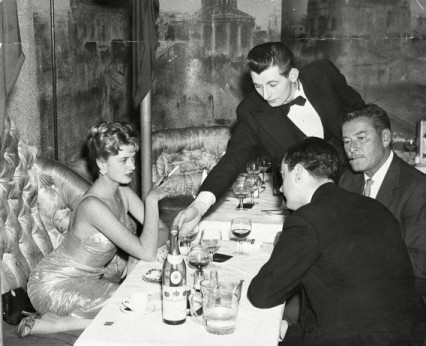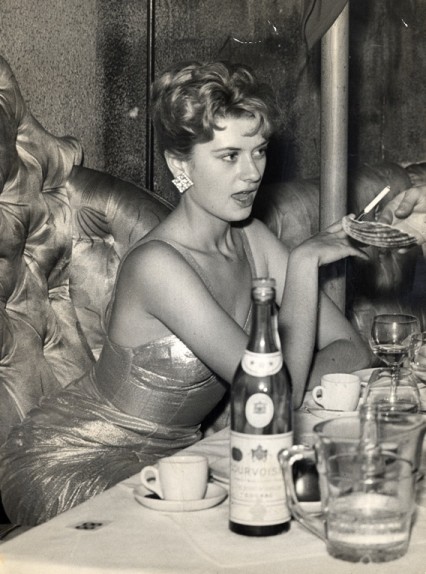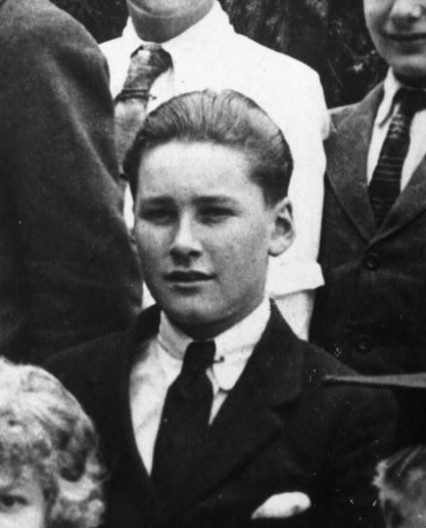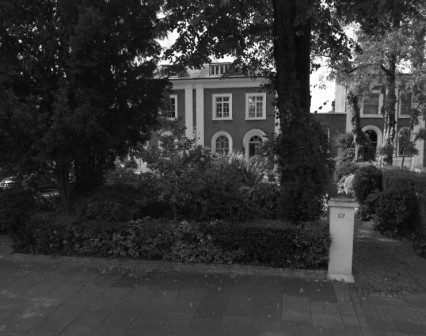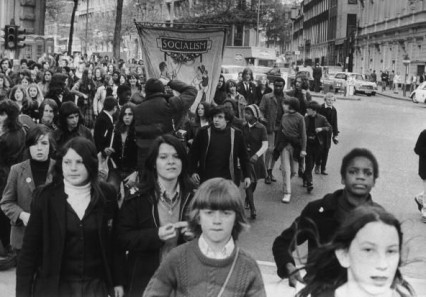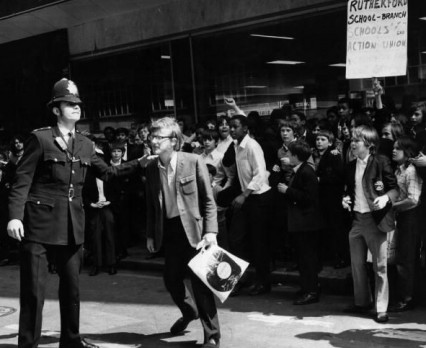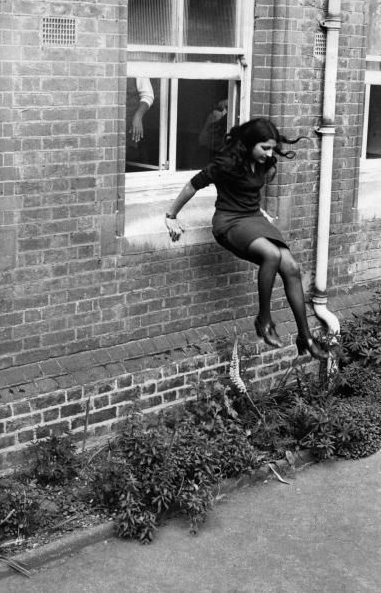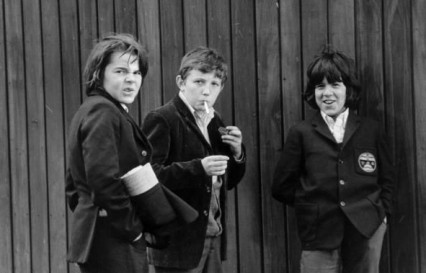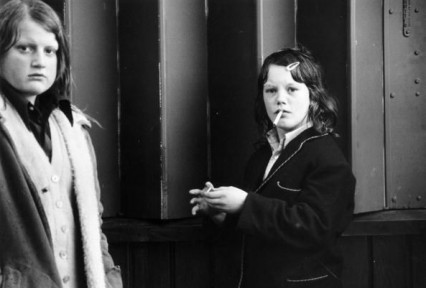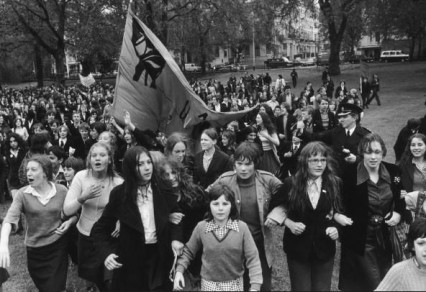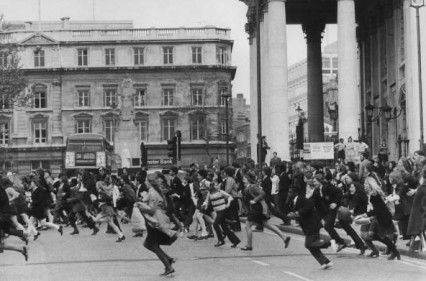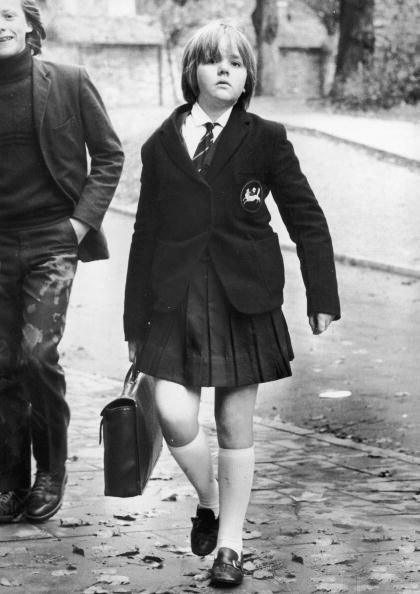Errol Flynn was purportedly to have once said: ‘I like my whisky old, and my women young’. The above photo, whilst not saying anything about his choice of whisky although there is an impressive array of glasses in front of him, certainly says something about his taste in women, or should I say girls.
The picture of Flynn, taken in May 1959, was taken a month or so before his fiftieth birthday. He’s accompanied in the photograph by his girlfriend, Beverly Aadland, who was a few months from her 17th birthday that September. According to Beverley’s mother, who wrote about Flynn and Aadland’s romance in a book called ‘The Big Love’, by the the time of this meal they had already been together for a year. They are at The Lido Club which was situated in Swallow Street - a little lane that runs between Piccadilly and Regent Street.
Flynn, who was born in Tasmania, went to school from the age of fourteen to fifteen in Barnes in South West London. It was a very minor public school, that has long since disappeared, called The South West London College. It was situated at numbers 99-101 Castelnau which is a road of regency villas that lead up to the Southern side of Hammersmith Bridge.
After a particularly unhappy time in London (imagine what it was like after living in Tasmania all his life) he left the school in 1925 and sailed back to Australia and a subsequent meteoric rise to fame and film stardom in the US. Incidentally Errol Flynn’s father, Theodore Flynn and noted zoologist, travelled the other way, from Tasmania to the UK, and became Professor of Marine Biology at Queen’s University in Belfast from 1930 until 1948.
I once read that Flynn wanted to call his autobiography ‘In Like Me’. Which would have been brilliant, unfortunately the publisher insisted on ‘My Wicked Wicked Ways’.
Errol Flynn is here on a Canadian programme called Front Page Challenge where the guests have to guess who he is. It was recorded in January 1959, a few months before his death. Incidentally one of the guests is the journalist Scott Young, Neil Young’s father.
I can’t find anything written about The Lido Club in Swallow Street. I wondered if anyone out there has heard of it, or has any information about the place?
